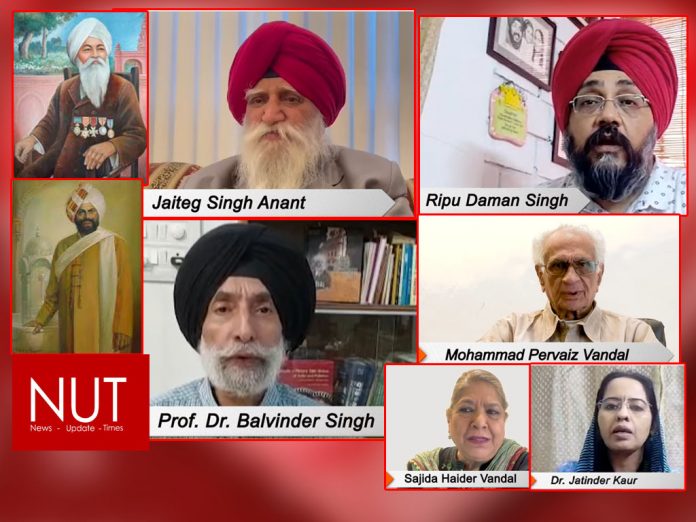Bhai Ram Singh, architect of Modern Lahore
Prominent scholars , academicians and architects from Pakistani & India salute the legacy of master architect.
Canadian Zameer TV dedicated exclusive Documentary on Bhai Ram Singh’s 164 Birthday.

Lahore (Qasim Ali)
An enriched informative documentary highlighting the marvelous contribution of Punjab’s foremost architect Bhai Ram Singh is getting rave reviews in culture circles of global Punjabi Diaspora. Directed by Canadian Punjabi Scholar Sardar Jaiteg Singh Anant, the documentary was recently released on the occasion of 164th birth anniversary of master architect and is available on YouTube and other platforms of digital media. The enlightening production is decorated by original images and videos of illustrious monumental buildings and traces the life history and spectacular construction work of Bhai Ram Singh in detail. Leading architects and scholar from Pakistani and Indian Punjab including Prof. ® Sajida Haider Vandal, Mohammad Pervaiz Vandal, Prof Balvinder Singh, Dr, Jatinder Kaur and Ripu Daman Singh have thoroughly discussed the work and thought provoking contribution of Bhai Ram Singh in architecture landscape of British India.
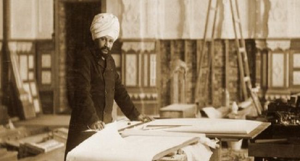
Bhai Ram Singh, inventor and master of Sikh architecture also remembered as architect of Modern Lahore, dominated the pre-partition architect landscape of sub continent for two decades. Bhai Ram Singh designed some most prolific historical buildings in Lahore, Amritsar, Shimla and royal states of British India. Lahore Museum, Mayo School of Arts, Aitchison College Lahore, Islamia College Peshawar, Khalsa College Amritsar, and Governor House Shimla are amongst some of the Bhai Ram Singh’s most famous work. He also designed Darbar room in Osborne House, Queen Victoria’s summer home on the Isle of Wight in the UK. All the scholars agreed that most of Bhai Ram Singh’s work fits under the Indo-Saracenic architecture, but his signature elements and innovations are visible in every building in the form of beautiful arches, domes, brackets, pavilions, Jalis etc.

The documentary commenced with the brief introduction of Bhai Ram Singh. It revealed that recipient of Royal Victorian Order, Bhai Ram Singh hailed from an artisan family of carpenters in Risalpur near Batala eastern Punjab. Prof. ® Sajida Haider Vandal former principle of National College of Arts Lahore (a building formerly known as Mayo School of Arts, where Bhai Ram Singh got formal education of design and drawing and also served as principal for 3 years later in life) shed light on Bhai Ram Singh’s early life.
She mentioned that Bhai Ram Singh was a true Ramgarhia, hailing from Ramgarhia Virasat who was born after 1 year of independence war in 1958. Bhai Ram Singh carried the legacy of his family and proved his talent at an early age. In 1873, Young Bhai Ram Singh stunned everyone by repairing the damage piano of Amritsar’s deputy Commissioner’s wife. At the time no artisan was agreed or has courage to repair the piano’s leg but Bhai Ram Singh despite being unfamiliar with the instrument, came in notice of everyone by repairing the piano.
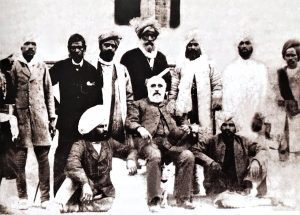
The British deputy commissioner William Young got highly impressed by Bhai Ram Singh’s talent. Due to this work, Bhai Ram Singh’s got enrolled in Mayo School of carpentry and became a protégé of principle John Lockwood Kipling on the recommendation of deputy Commissioner. He learnt English, basic drawing, geometry, mathematics and basics of everything related to his profession in Mayo school of Arts beside the carpentry art, in which he was already a master. Learning under the guidance of principle John Lockwood Kipling, Bhai Ram Singh soon surpassed his peers and emerged as a first prominent architect of British India in coming years.

Sardar Jaiteg Singh Anant, Canadian Sikh Scholar told that Bhai Ram Singh was a proud descendant or Ramgarhia Virasat, he learned basic work of carpentry from his father Mistry Aasa Singh. His most distinct work is the construction of Darbar Hall which he completed on 31 March 1893. Queen Victoria got highly impressed by Bhai Ram Singh’s architectural work and gifted him one gold pen and her portrait with Autograph. Queen Victoria also honored Bhai Ram Singh by ordering her official painter to prepare a portrait of Bhai Ram Singh which is still present in Darbar Hall in Queen Victoria residence. He was first Sikh who got title of Kaiser-e- Hind in 1905 from Viceroy of British India, Bhai Ram Singh earned title of Sardar sb 1907 and Sardar Bahadur in 1911. Bhai Ram Singh also served as principal of his alma mater Mayo School of Arts from 25 September 1910 to October 1913. Bhai Ram Singh’s buildings have a unique blend of Mughal architect and Indian Saracenic style with beautiful arches dooms, umbrellas etc.
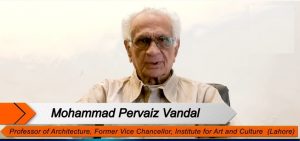
Renowned architect and academician Mr. Pervaiz Vandal explained the alliance of Bhai Ram Singh and John Lockwood Kipling was equal to a landmark partnership. He expressed that Bhai Ram Singh was a brilliant young creative mind, having great expertise in sub continent’s cultural designs, carpentry and heritage work whereas Kipling was an expert British art teacher, illustrator and curator. When eastern art meets with western craft, the result was nothing less than a wonder. He added that Kipling gave special attention to young Bhai Ram Singh and with every passing year he nourished his skills, enhanced his talent and got recognition for inimitable architecture work in coming years. Bhai Ram Singh competed with English engineers, architectures and earned applause for his innovative pattern and designs. He designed the building of Lahore museum, Punjab University, Aitchison College in Lahore. Later on he worked of every royal, Nawabs and British govt. buildings.

While analyzing Bhai Ram Singh design work, Pr. Sajida Vandal shared that during research a report piece written by John Lockwood Kipling was found which revealed that architect of Lahore’s museum is Bhai Ram Singh. While designing the Mayo school of arts Bhai Ram Singh added corridors along with halls, rooms and decorated the walls and rooms with beautiful jails. She added that keeping in the mind the climate scenario Bhai Ram Singh designed big class rooms like halls with high roofs.
In Lahore museum building Bhai Ram Singh selected a unique pattern designed a lobby having beautiful fresco paintings on its walls. He commissioned an expert graduate of Mayo School of Arts for this unique work. Pr. Pervaiz Vandal shared that Mr. Kipling was a great admirer of Lahore’s famous Wazir khan Mosque’s art work and he used to send his students there to learn about detailing of design work. These study tours helped his students especially Bhai Ram Singh a lot, who enriched his aesthetics and added detailing elements in his architectural work.
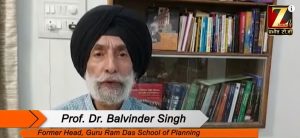
The Documentary also has interviews of leading academicians of Indian Punjab. Professor Balwinder Singh from Guru Nanak Dev University stressed there is a dire need to preserve and promote the creative treasure of Bhai Ram Singh. He shared that Bhai Ram Singh designed the iconic building of Khalsa College Amritsar at a very distinct location near GT Road. When we pass through G T road near college the grandeur and beauty of Khalsa College building instantly grabbed attention and cast a spell. The arches, dooms, umbrellas and walnut woodwork inside the building are highest level of craft ship. He added that one can easily trace Bhai Ram Singh’s signature style in all his buildings which he designed in states like Kapur Thala, Nabha and others. He mentioned that Bhai Ram Singh also added religious elements in his work also designed some Gurdwaras who have their own significance.






Dr. Jatinder Kaur associate professor school of planning and architecture New Delhi highlighted the cultural elements of buildings designed by Bhai Ram Singh. From Kashmir to South India, in all the buildings designed by Bhai Ram Singh, one can see the merger of Mughal, Indian and British architecture in its finest form. The windows, doors, walls, arched and dooms all have Indian elements in its designs, formations and grandeurs. She mentioned that Bhai Ram Singh was a carpenter by birth so he brought new patterns in the creation of Jalis and jharokas for walls and doors. She regretted that it is very unfortunate that despite having a rich architectural legacy there is no significant research work is available on Bhai Ram Singh’s excellent contribution. She stressed that students should take interest in this regard and should explore that how Bhai Ram Singh succeeded to create his name as foremost architecture is era of British engineers without modern knowledge and resources.

Ripu Daman Singh, academician from Maharaja Ranjit Singh Technical University Bhatinda is doing his PHD on Bhai Ram Singh’s work. He acknowledged the creative superiority of Bhai Ram Singh and said that he will disclose the more details of his work contribution in his research work. He added that Bhai Ram Singh artistically presented the Indian heritage in his building designs and achieved a significant place in all his peers. He was a master in his art and his legacy has enormous sociocultural impact.
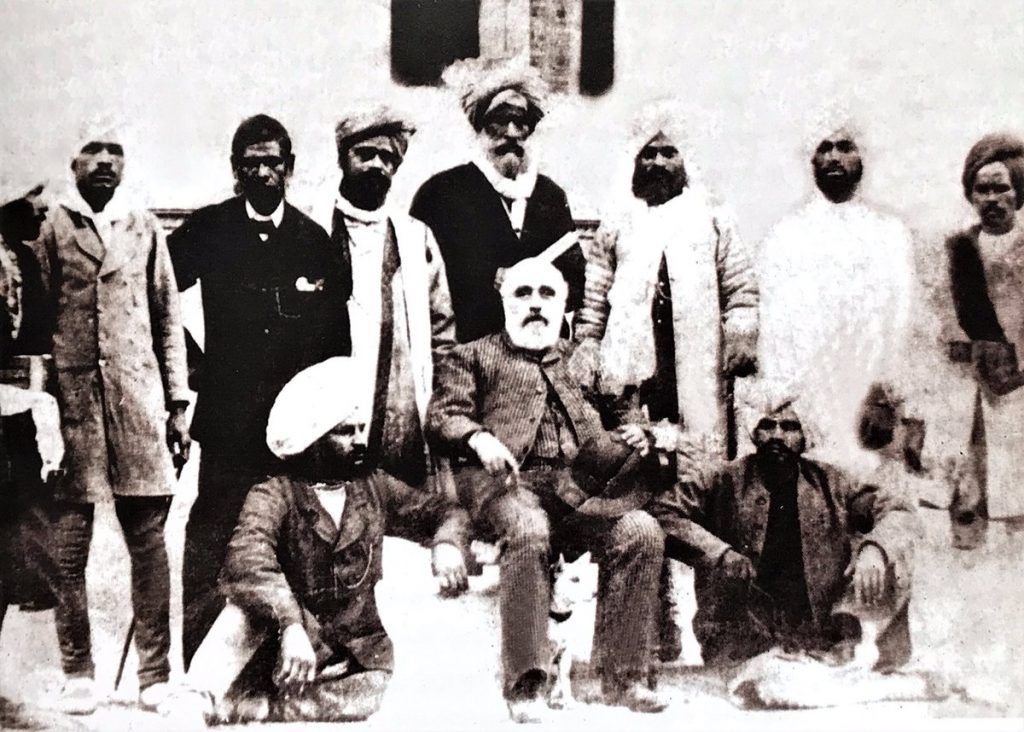

The documentary is available on youtube here is the link below. https://www.youtube.com/watch?v=SCh9Bw6QIBE

